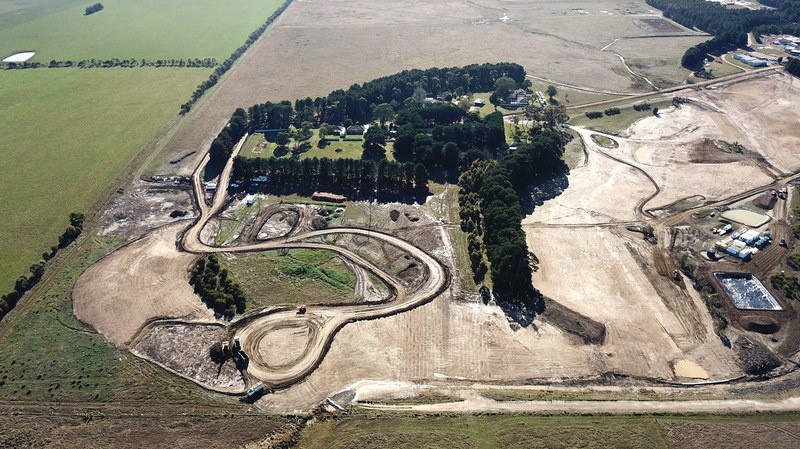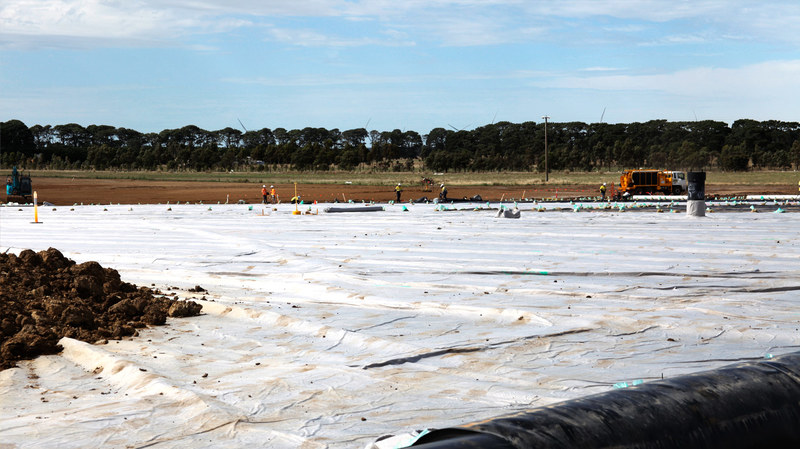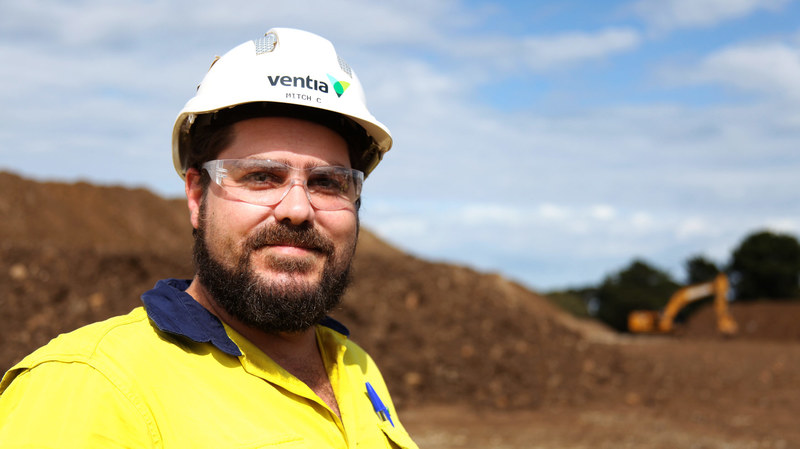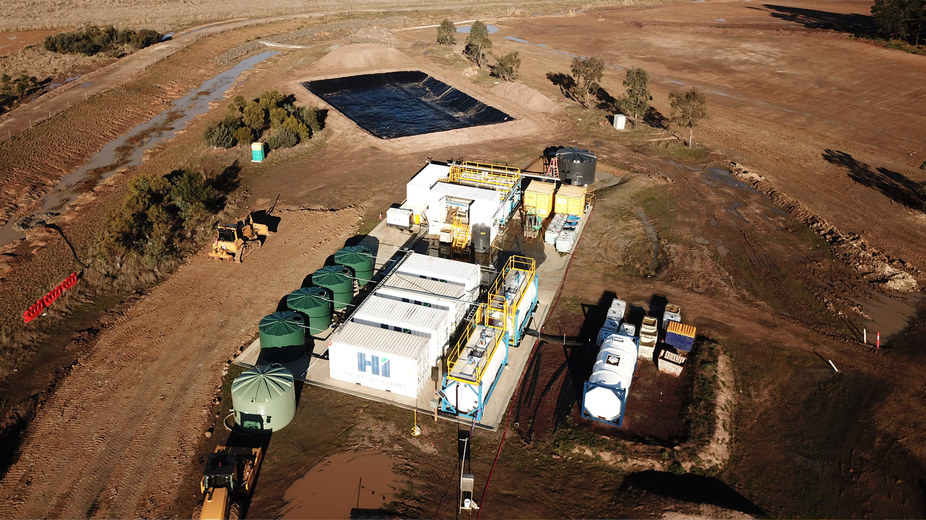One of Australia's most significant PFAS rehabilitation projects, the clean-up of contaminated soil and water at the former fire training facility at Fiskville, is nearing completion.
Ventia was engaged by the Country Fire Authority — a fire and emergency services organisation in Victoria — to rehabilitate their former training site. For many years, training using aqueous fire-fighting foam (AFFF) containing per- and poly-fluoroalkyl substances (PFAS), was conducted at the site. Soil and groundwater were impacted by these chemicals.
Prior to rehabilitation works beginning in early 2019, Ventia first decommissioned the practical area drill (PAD) site, removing the training props, underground pipework and a petroleum storage system within the training area.
A large-scale project
The 150 hectares site required extensive rehabilitation of PFAS-impacted water and soil.
The site contained four dams, the small man-made Lake Fiskville and Beremboke Creek that flows across the entire estate. The previously decommissioned PAD had many drill areas to simulate different fire-fighting scenarios, including a plane crash, fish and chip shop, service station and various building structures.
To date, the team has excavated over 150,000 m3 of soil and treated more than 54 million litres of water.

PFAS water treatment
One of the first of its kind in Victoria, Ventia installed an innovative water treatment plant (WTP) that received Victorian Environmental Protection Agency (EPA) approval to release treated water continuously back into the environment.
Designed, constructed and commissioned by Ventia, in partnership with Haldon Industries, the WTP is unique in its ability to continuously discharge water direct into the environment after treatment.
Approval for continuous release of treated water is contingent on strict sampling frequency and criteria, as well as comprehensive proof of performance trials being completed prior to receiving discharge approval.
Environmental monitoring
Ventia's Environmental Services Monitoring team also played a critical role in the management of the overall project.
Real-time meteorological, surface and groundwater monitoring kept the project delivery team informed of water levels across the site, including the dams, the flow of Beremboke Creek and volumes being discharged from the WTP.
The system was visually displayed on dashboards, with alarm set-points to alert the team to potential breaches in the event of rainfall.

Managing PFAS impacted soil
A base and cap lining system is being used to encapsulate PFAS impacted soil on site.
PFAS-impacted soil was excavated from various parts of the site, environmentally classified and then backfilled within the 'in-situ soil management area' (ISSMA). Extensive environmental and occupational hygiene management controls were put in place for the handling of the impacted materials.
The ISSMA measures approximately 10,000m2 in area. At the base, two large internal drainage sumps have been lined with a complex multilayered lining system, which, coupled with the ISSMA's internal drainage system, will collect any leachate that infiltrates the cap lining system.
Clean material and topsoil will be placed over the cap lining system and revegetated with an indigenous seed mix.
In just a few short months, our Ventia team will be re-establishing the native landscape and handing back the rehabilitated, historic site to the CFA.
We are proud to be involved with such a significant rehabilitation project that will help inform the management of other PFAS-impacted sites, across Australia and the world.

Ventia Project Manager, Mitchell Casey pictured at the Fiskville project site
Key statistics
- Over 150,000m3 of soil excavated
- 54 million litres of water treated
- Over 100,000 personnel hours
- Over 30,000 truck movements
- Over 25,000 mobile plant hours (excavators, dozers, articulated dump trucks etc.)
- Over 400 days LTI free
- Over 250,000m3 clean and contaminated soil backfilled
